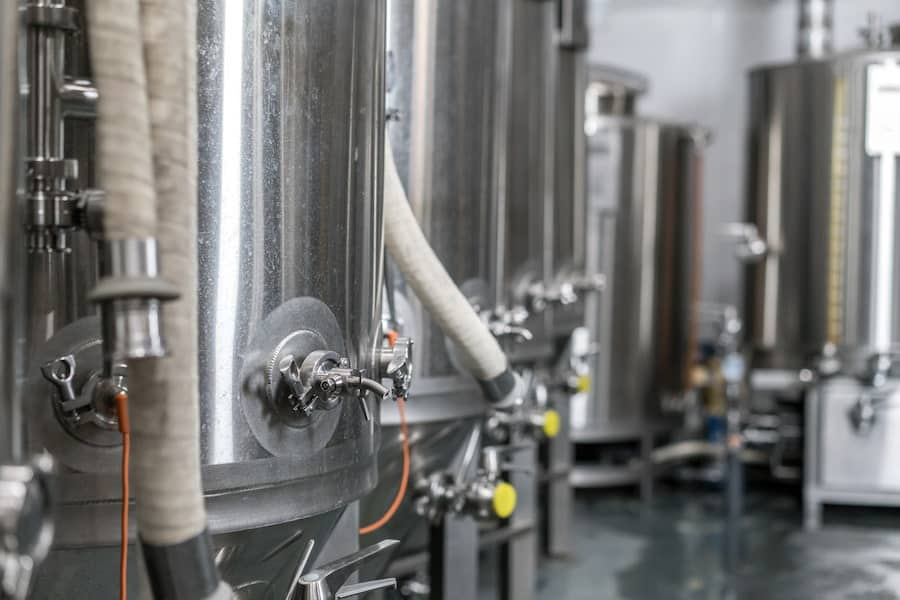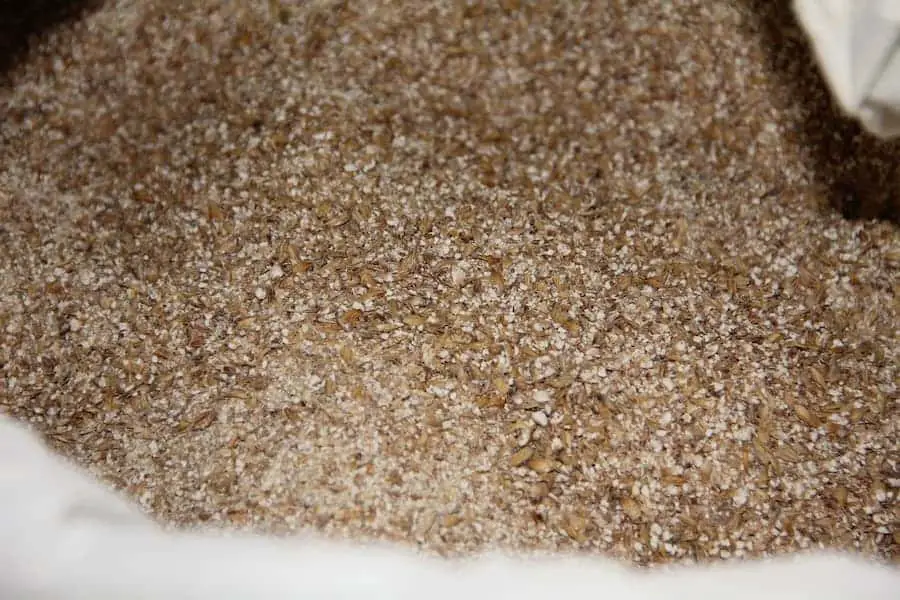If you buy something through a link in our posts, we may get a small share of the sale.
Why is my homebrew so dark? It is a question most homebrewers and beer enthusiasts ask themselves. No one wants to make a dark beer without intention, and many are left wondering what causes this to happen. Read on to get the answer to this common question.
Contents
Why Is My Homebrew So Dark?
Your homebrew beer is so dark because of the roasted malt that was used during the brewing process. The roasted malt gives beer its color, and the longer the malt is roasted, the darker the beer will be. If you want to brew a lighter-colored beer, then use lightly roasted malt.
Another reason why your homebrew beer may be dark is because of the brewing process itself. If you boil the wort for too long, it will caramelize and produce a dark color. This is why it is critical to follow the recipe to the letter and not boil the wort for too long, as this will produce an undesirable dark beer.
Also, your beer may be dark because of the water used during the brewing process. If the water is high in minerals, it can cause the beer to appear darker. This is why it is essential to use filtered or distilled water to avoid this issue when brewing beer.

Other Reasons Why Homebrew Beer May Be Dark
Although the main reason that beer is dark is due to the malt, there are other potential causes that could be making your beer dark. The following are some of the other potential causes:
The Mash Temperature Was Too High
If the mash temperature is too high, this can also cause the beer to be darker than desired. The ideal mash temperature is between 145-158F. If the mash temperature is too high, this can cause the beer to be darker and also more astringent.
Therefore, ensure you have a working thermometer and that you are mashing at the correct temperature to avoid a dark beer and astringency.
The Beer Was Oxidized
Oxidation is an enemy of beer, apart from appearance, oxygen affects the longevity of your beer. Just as oxygen makes an apple turn brown, it can make your beer take on a flat, papery flavor. When left exposed to air, beer will also darken. This is why it’s important to keep your homebrew in an airtight container, like a growler or keg in your apartment.
If you’re not sure if your beer has been oxidized, give it a sniff. If it smells like cardboard or wet leaves, it’s probably been oxidized. Beer that has been properly stored should smell fresh and have a slight hop aroma.
The PH of the Mash
The ideal pH for mashing is between 5.2 and 5.6, with most brewers aiming for a pH of 4.8. All water has a pH, which is a measure of how acidic or basic it is. The pH scale goes from 0 to 14, with 7 being neutral, below 7 being acidic, and above 7 being basic.
Mash pH directly affects the enzymatic activity of enzymes that convert starches to sugars during the mash. The most important of these enzymes are alpha-amylase and beta-amylase. Enzymatic activity is greatest around pH 4.8 and this is where most brewers aim to mash.
Anything outside of the ideal range will still work; however, efficiency may suffer. Therefore, to avoid issues with conversion and fermentation, it is important to control the pH of your mash which will, in turn, lighten your beer. With a pH meter, you can easily monitor mash pH.

Faulty Equipment
This is probably the most common reason that your homebrew is so dark. If you’re using a Sight Glass during the boil, you can usually tell if your equipment is the issue. If you see a lot of dark material coming out of your wort, your equipment is likely the issue. There are a few things that can cause this.
The first is using the aluminum pot. This kind of pot is a reactive metal and can give your beer a metallic taste. If you’re using an aluminum pot, try boiling with distilled water to see if that makes a difference. Try using a stainless steel pot in your distiller or brewing system to ensure the quality of your beers.
The second is using a trub strainer. This strainer will remove all the solid material from your wort, including the dark grains. To avoid this, make sure you don’t use a trub strainer when boiling your wort.
Frequently Asked Questions
How Do You Make Beer Lighter?
The best way to make beer lighter is to use light malt. Light malt will give your beer a lighter color and flavor. You can also use chocolate or roasted malt to give your beer a darker color.
How Do You Make Beer Darker?
If you want to make a dark beer, you can use dark malt. Dark malt will give your beer a darker color and flavor. You can also use chocolate or roasted malt to give your beer a darker color.
Conclusion
Dark beer can be caused by many things that are preventable and fixable. The most common causes of dark beer are high mash temperatures, oxidation, and faulty equipment. If you can avoid these things, you will be able to make a lighter beer.

